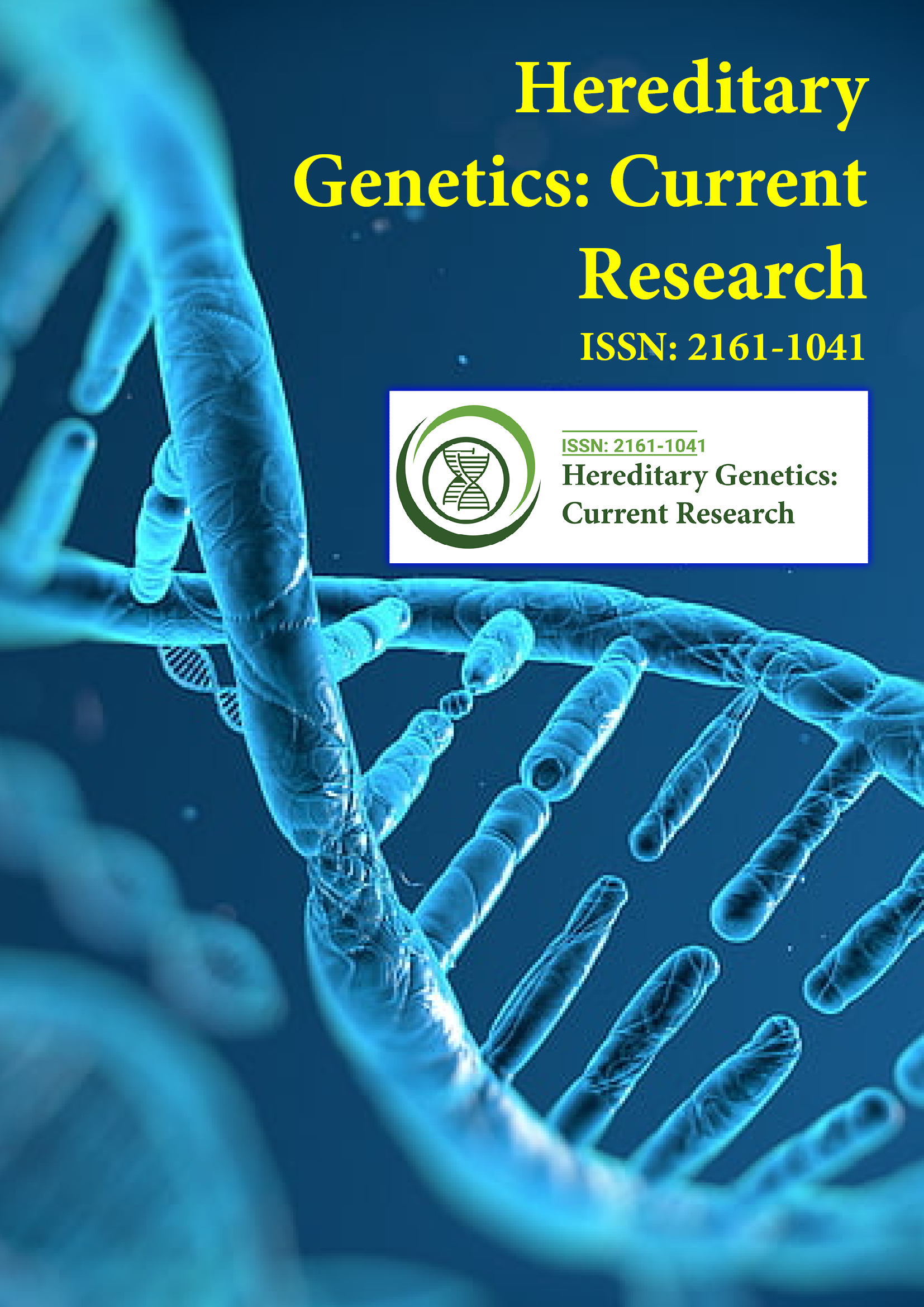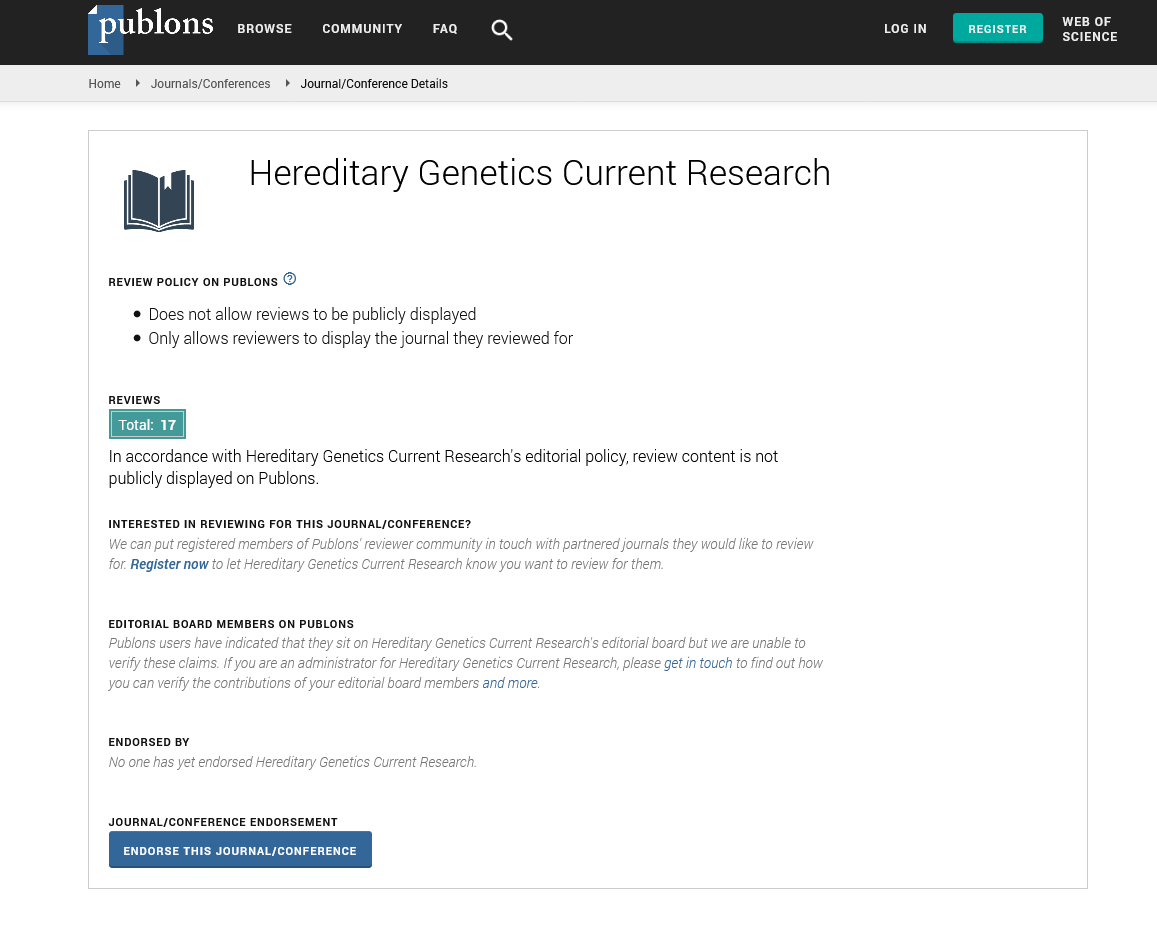Indexed In
- Open J Gate
- Genamics JournalSeek
- CiteFactor
- RefSeek
- Hamdard University
- EBSCO A-Z
- NSD - Norwegian Centre for Research Data
- OCLC- WorldCat
- Publons
- Geneva Foundation for Medical Education and Research
- Euro Pub
- Google Scholar
Useful Links
Share This Page
Journal Flyer

Open Access Journals
- Agri and Aquaculture
- Biochemistry
- Bioinformatics & Systems Biology
- Business & Management
- Chemistry
- Clinical Sciences
- Engineering
- Food & Nutrition
- General Science
- Genetics & Molecular Biology
- Immunology & Microbiology
- Medical Sciences
- Neuroscience & Psychology
- Nursing & Health Care
- Pharmaceutical Sciences
Abstract
Preliminary Examination of the Principle of Self-Organization in Multicellular Organisms: How Traits are Formed
Multicellular organisms organize themselves according to two principles; first, the equilibrium between the driving force of unstable state cells and apoptosis or senescence and second, the mutual equilibrium between the functional requirements of different types of cells. For the first principle, we deduce that stem cells at different levels have their own growth limits, which are determined by two factors, the ability of the stem cells to enter an unstable state (specifically, the ability of cells to divide and differentiate) and the rate of cellular senescence, loss of function and finally, apoptosis. The superposition of stem cell limits at different levels over each other can amplify small differences at the genetic level. Moreover, the growth limits of different organs are different, which lead to different individuals having completely different appearances. The second principle is that the sum of the specific output functions of an organ must be equal to the overall demand for the function to be provided by the organ. If negative entropy input can meet this equilibrium, defects in certain genes will cause these defective individuals to become larger or develop other morphology.
Published Date: 2023-08-21; Received Date: 2023-07-19

